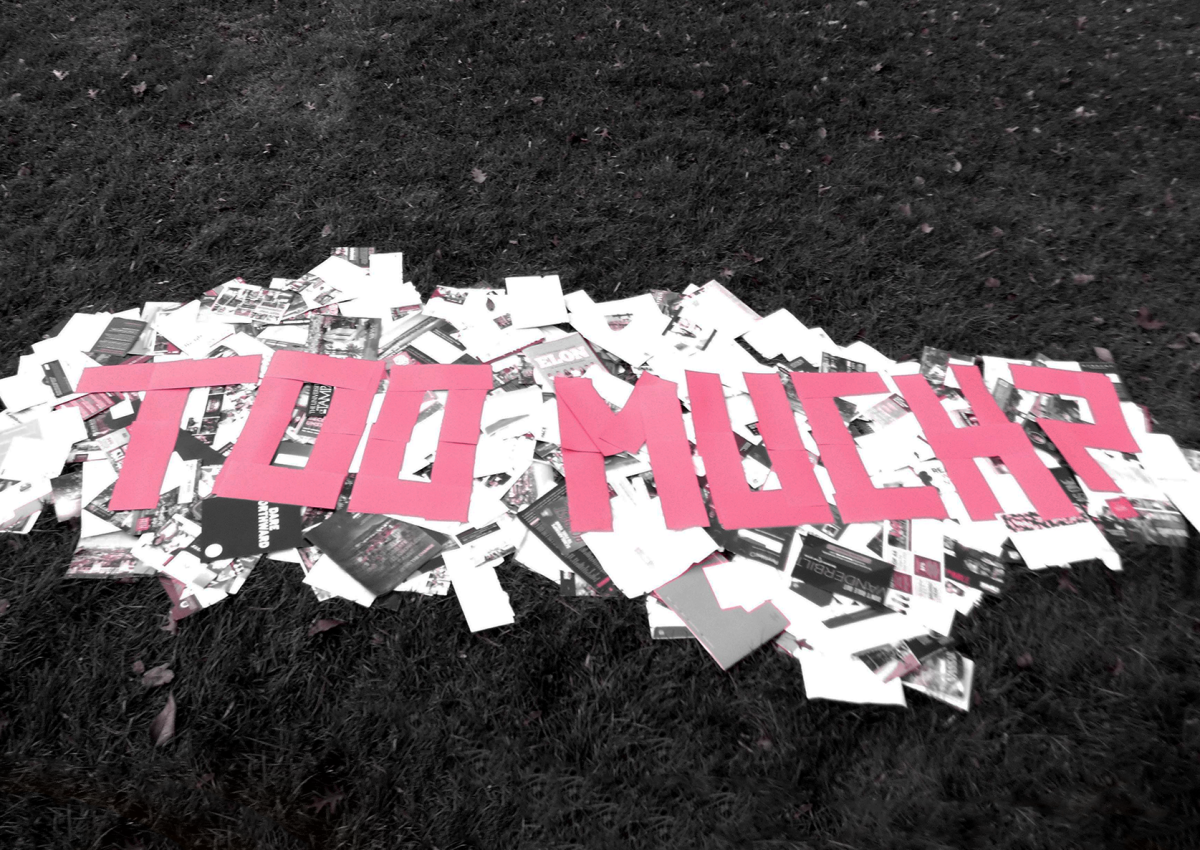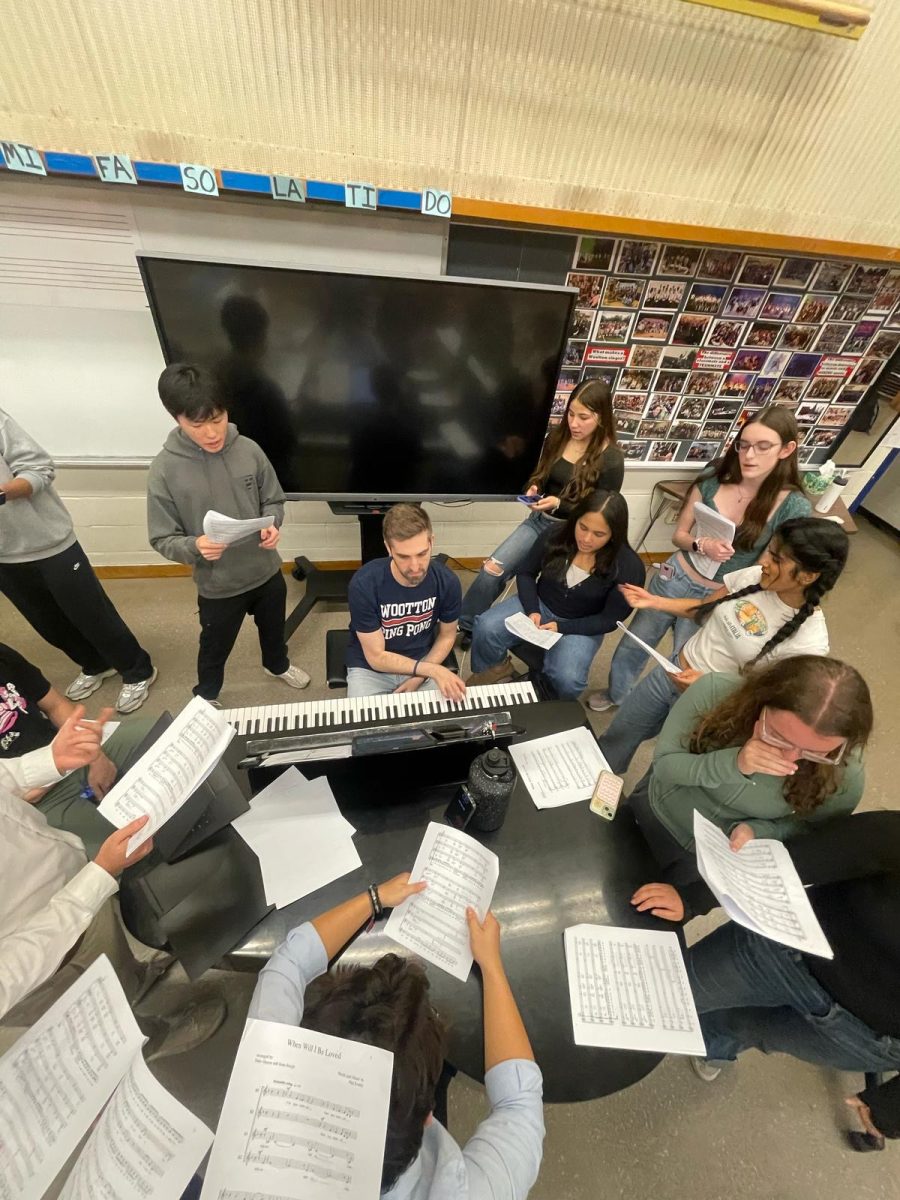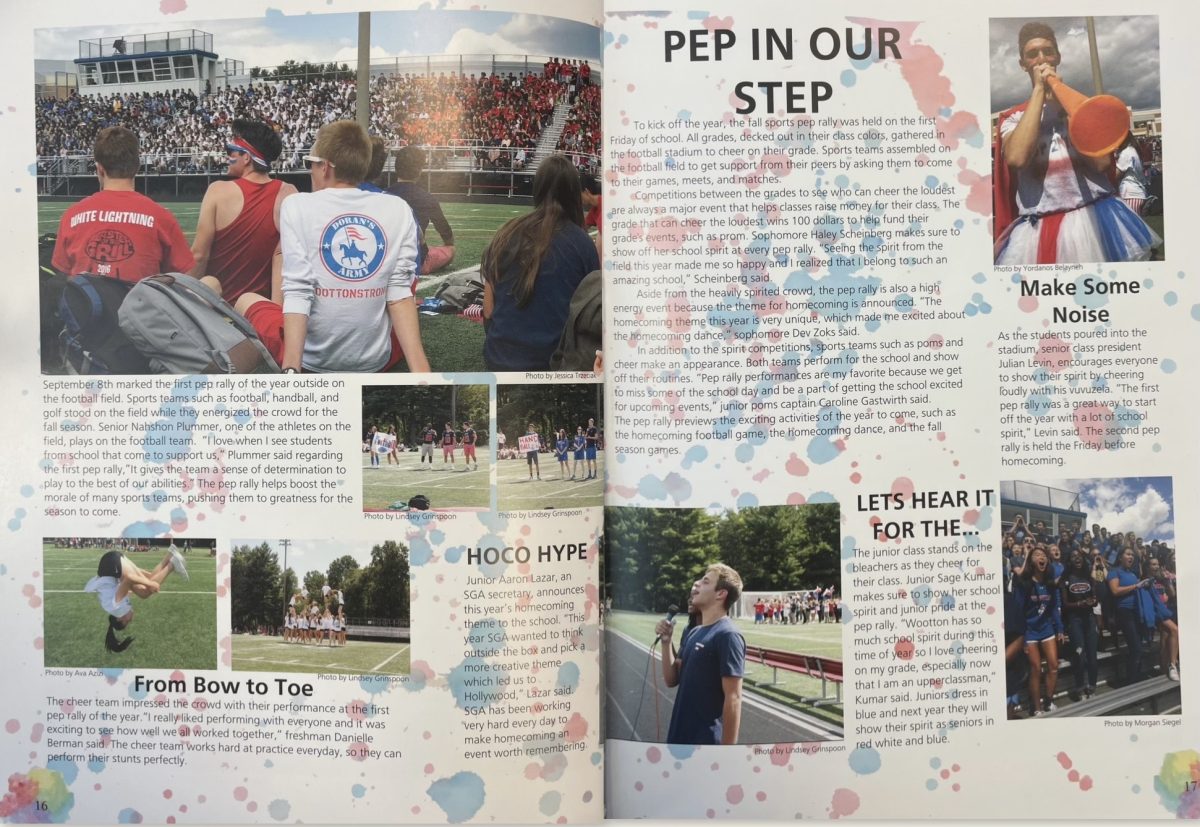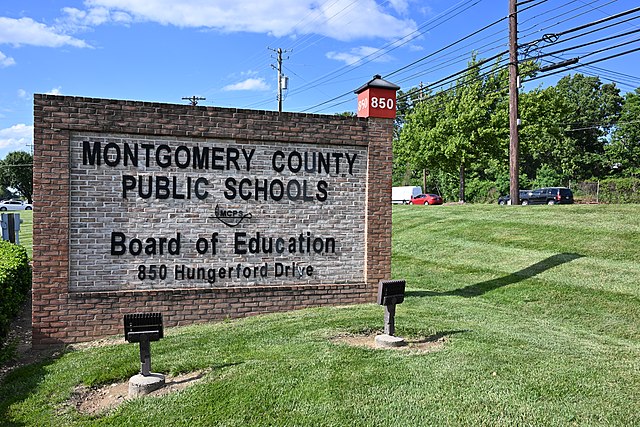When I was a freshman in high school, I received my first piece of college mail. It was a small white flyer from Samford University that said: “Realize your true potential.” I put this small cardstock advertisement in a box, and for the next four years, I continued to add to this box. From my freshman to senior year, I saved every piece of college mail I received. In total, I have received 643 pieces of physical mail, in addition to thousands of emails, throughout the years.
What’s up with all the mail?
The question that most students have when they first start to receive college mail is: Why am I getting SO MUCH mail? This year, US colleges and universities are on track to spend close to $3 billion on advertising. Johns Hopkins alone is set to spend $30 million on advertising this year, giving them the highest advertising budget in the nation. Not all of this money is spent specifically on mail. Money is also spent on television, social media, radio and billboard advertisements. In total, colleges spend between $350 and $2,770 to recruit a single student.
Receiving college mail doesn’t mean that you are special, or that the college wants you particularly. In the end, colleges advertise so that more people apply to their schools. Having more applicants allows them to lower their acceptance rate to seem more competitive. Also, it allows them to have a better selection of applicants and more qualified students. The exceptions to this are schools that already have competitive application processes, such as MIT, Harvard and Stanford.
Does college mail attract students?
If you’ve ever received mail from a college you know that most mail is exactly the same. A thick paper flyer with a photo of a group of students laughing on the campus quad and a statement along the lines of “imagine yourself here.” After receiving about 15 of these plain, boring fliers, students stop paying attention to them. While sending mail is a good way for smaller schools to get their name out, college mail becomes boring for students pretty quickly.
Is bigger really better?
Some colleges attempt to be creative with the mail they send out to catch the eye of prospective students. For example, I received a 160-page book from Sewanee, titled ‘A Field Guide to The Domain.’ I was immediately intrigued by this book and started flipping through the pages to see pictures and facts of the school. Other schools also sent out thick booklets advertising their schools, all of which caught my attention because of their size.
One of the most interesting pieces of mail I received was a package of cards from Notre Dame. On one side of each card was a photo from the school, and on the other was a paragraph about aspects of the school such as its culture, athletics and amenities. These cards each had slits in them so that you could put them together and build a tower. While this was an interesting piece of mail, I doubt that the students who received it put the pieces together.
College mail that gets it right
Not all college mail needs to be large (in size or in quantity) to catch a student’s attention. James Madison University only sent me four pieces of mail in my entire high school career, but the mail they sent was by far the best. I received two cardstock flyers, a six-page booklet and two stickers. The thing that made this mail so much better than the rest was that it was small and straight to the point. The school’s statistics were easy to see and read in all of their mail, so I felt like I got to know the school just by looking at their mail.
Stickers are also a great inclusion to college mail. Students are likely to put these stickers on their water bottles, computers and folders, reminding them of the school every time they see the sticker. James Madison, Villanova and Notre Dame were the only schools to send me stickers, but I anticipate that other schools will hop on the sticker trend in the future.
What would be the best college mail?
After receiving college mail for the past four years, I have come up with a criteria for the best, most interesting college mail. First, the mail must have useful statistics so that students can understand the feel and environment of the school. A shockingly few schools included simple information such as their undergraduate student population in their mail.
Next, mail has to have multiple pictures of the campus and its facilities, not just the students. Most colleges include plenty of photos in their mail, but they are close-up photos of students. Of course, I want to see that people like the school, but I also want to know what the school itself looks like.
Finally, as a bonus, the best college mail is mail that you keep. This could include stickers, bracelets or even a calendar. These are all things that a person would see every day, reminding them of the school, and making them more likely to want to go there.
All in all, colleges spend way too much money on useless advertising. The money that they spend to recruit students could be better spent improving the school or lowering tuition. As a student, I would rather attend the best, most affordable school, rather than the school that sends me the most mail.








